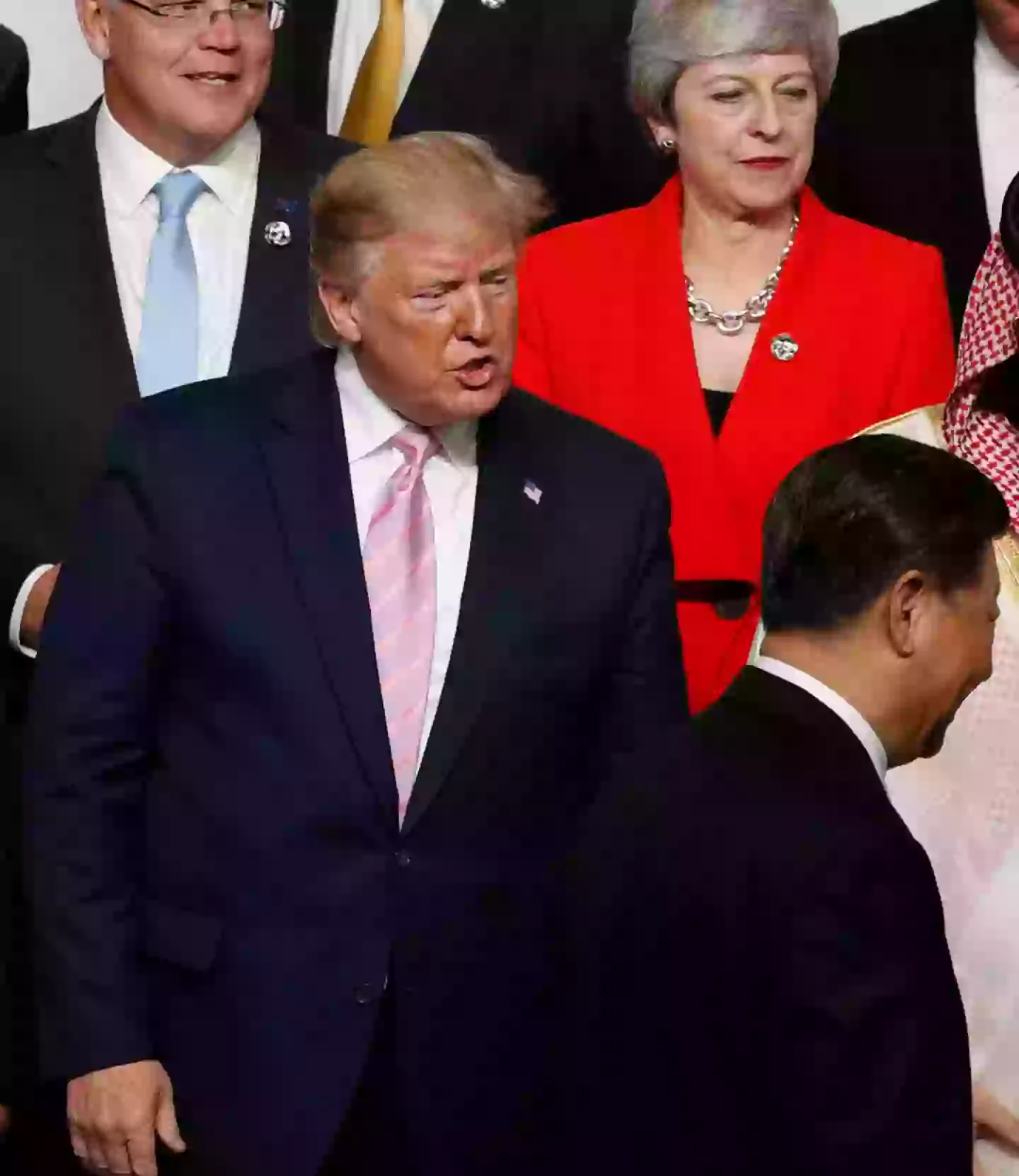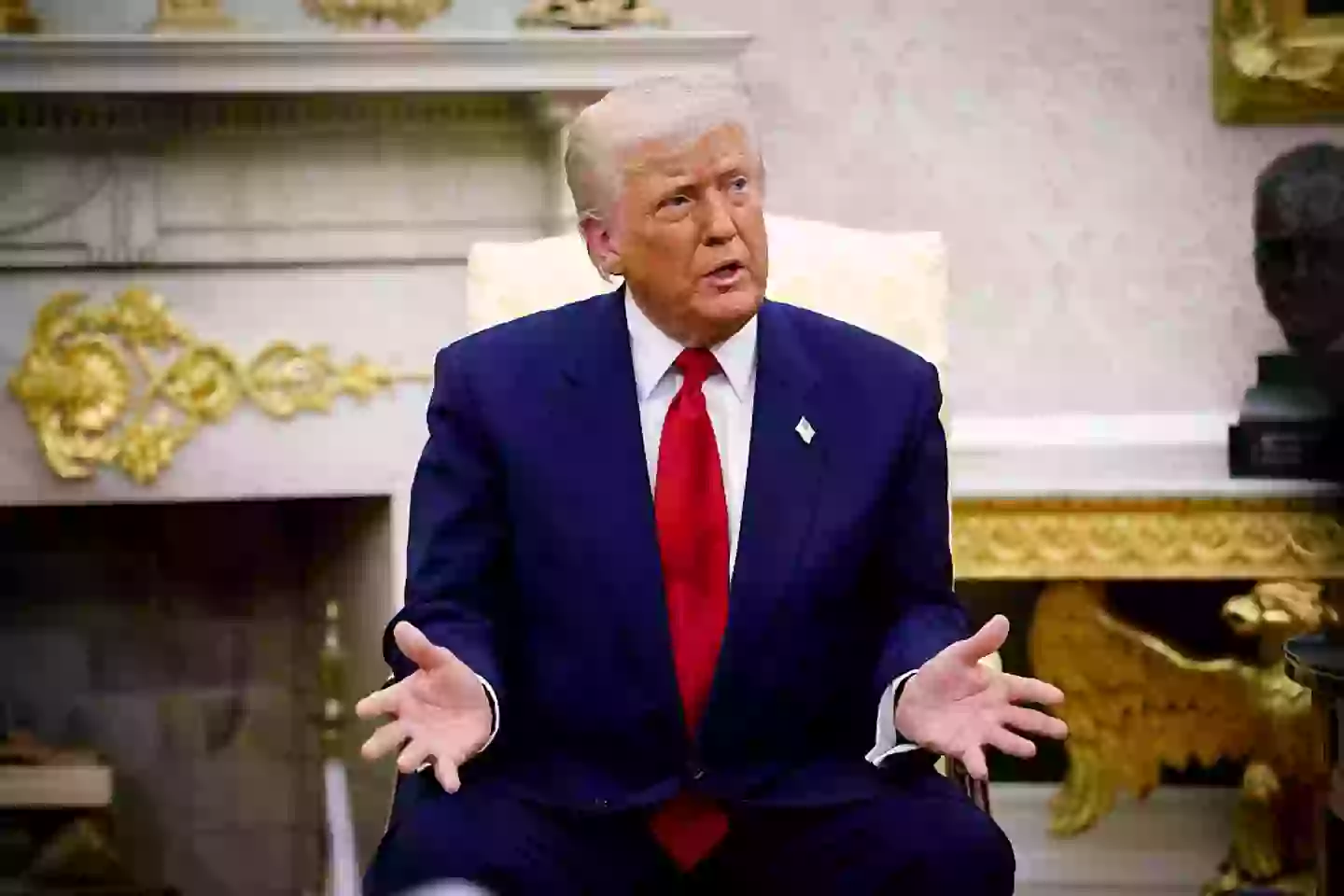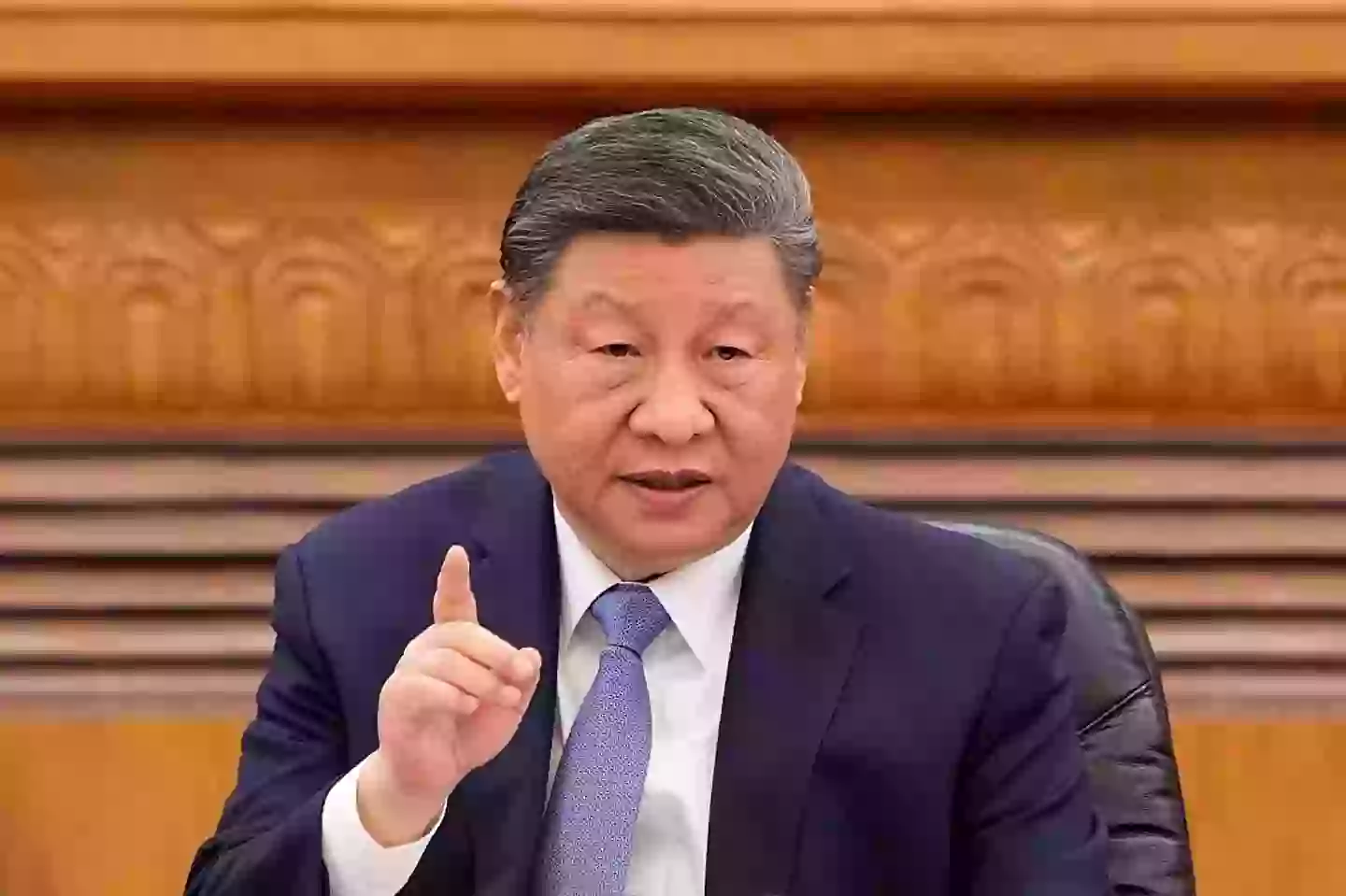
China has announced that it is introducing an additional 84 percent tariff on all goods imported into the country from the US.
The news was announced as President Donald Trump's 104 percent tax on Chinese goods came into effect today (April 9), having said he would slap an extra 50 percent tax on the East Asian country - bringing the tariffs to a combined total of 104 percent.
China's retaliatory tariffs come into effect as of tomorrow.
Advert
Stock markets in Europe have dropped further following the announcement, with the FTSE 100 index of the UK's biggest companies having dropped by 3.3 percent already today, the French Cac 40 is down four percent, as is the German Dax.

US stock markets won't open for just under two hours - 9.30am ET.
Most of the US' trading partners were hit with a baseline levy of at least 10 percent over the weekend, while as many as 60 countries are bracing for higher tariffs from today.
Advert
In his 'Liberation Day' speech, Trump specifically identified the European Union and China as the biggest culprits who 'rip us off' the most, and outlined reciprocal tariffs of 20 percent and 34 percent respectively.
What tariffs did Trump announce on China?
Within days of returning to the White House, Trump took aim at China, Mexico and Canada, accusing them of facilitating illegal immigration and drugs into the States.
A 10 percent tariff was then applied to all Chinese imports to the US on February 4.
Advert
This provoked China to strike back, applying 15 percent tariffs on coal and liquefied natural gas plus a 10 percent levy on crude oil, agricultural machinery and large-engine cars from the US as of February 10.

Then on March 4, Trump doubled the tariff on all Chinese imports to 20 percent.
Continuing the to-and-fro momentum, China retaliated by announcing tariffs of up to 15 percent on US farm products, like chicken, pork, soybeans and beef.
Advert
The POTUS then threatened to inflict a 25 percent tariff on all imports from countries that buy oil or gas from Venezuela, where China stands as the country's biggest buyer, purchasing 68 percent of its oil in 2023, reports PBS.
On April 2, Trump then confirmed the US will charge a 34 percent tax on imports from China on top of the existing 20 percent, presenting a 54 percent hike in total.
Then of course, an additional 50 percent tax was placed on goods today - taking the new combined total to 104 percent.

How did China respond?
As expected, China isn't best pleased with the move.
Advert
Beijing declared in less than 72 hours that it would impose a 34 percent tariff on US products as of April 10 to match Trump's tariffs.
In response, Trump said China would have another 50 percent tax applied as of April 9 - bringing the tariffs to a combined total of 104 percent - if the country refuses to remove the levy.
China's Commerce Ministry has accused the US of 'blackmail' and 'bullying' and hinted more counter-tariffs could be on the way for American goods in the stand-off with Trump.
The ministry said: “The US threat to escalate tariffs on China is a mistake on top of a mistake and once again exposes the blackmailing nature of the US.
“China will never accept this. If the US insists on its own way, China will fight to the end.”
The nation has also filed a lawsuit with the World Trade Organization (WTO), stating Trump's tariffs 'seriously violates WTO rules'.
And of course, China today hit back with a 84 percent retaliatory tariff.